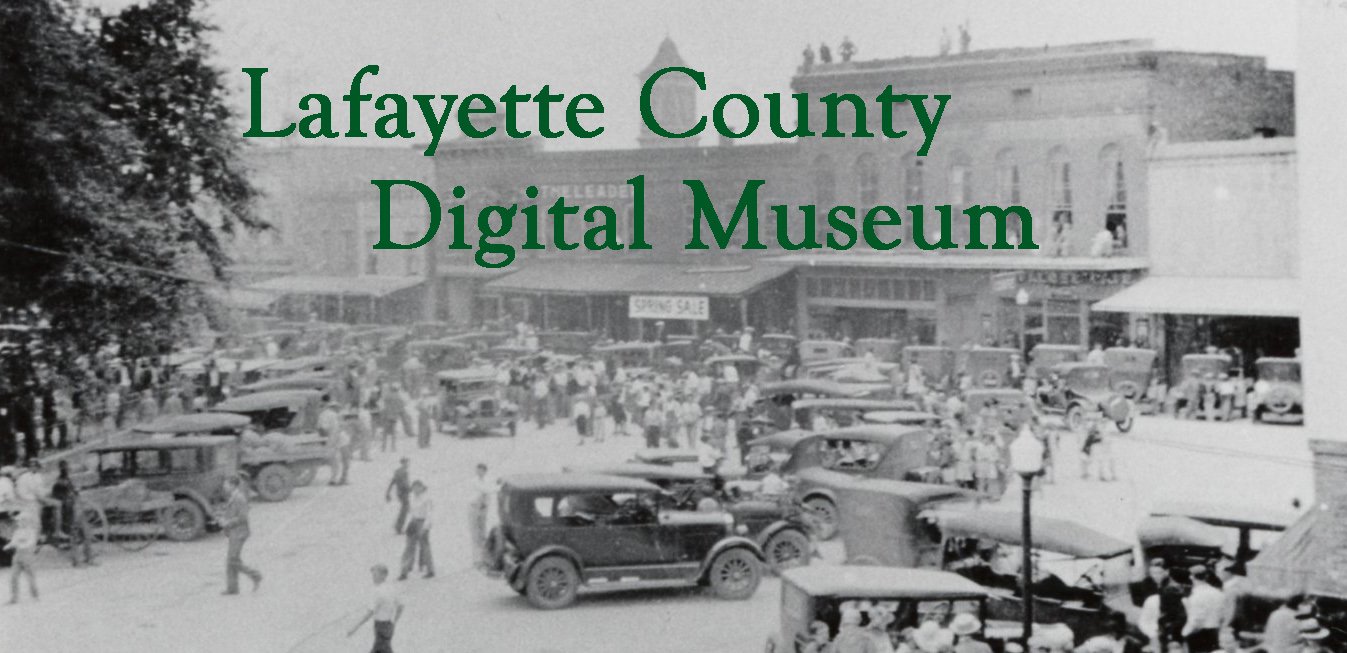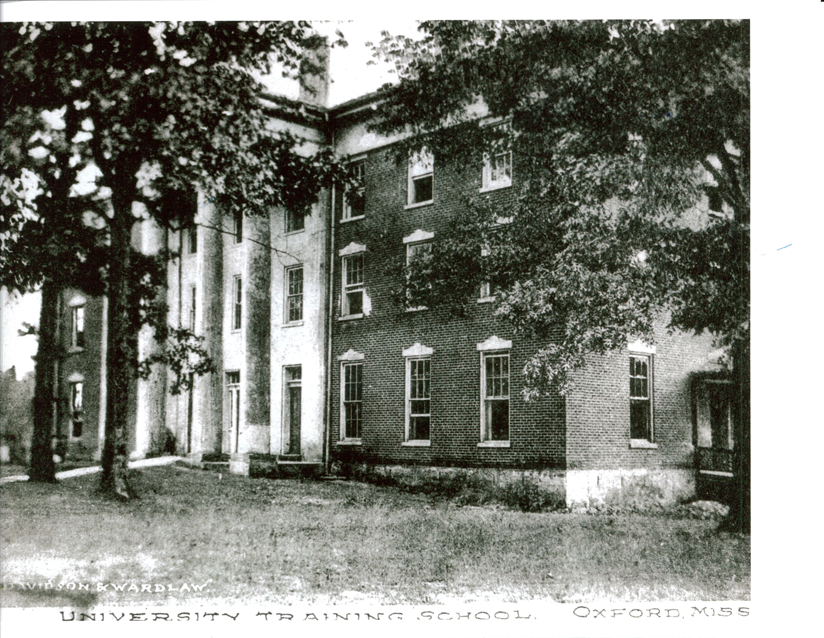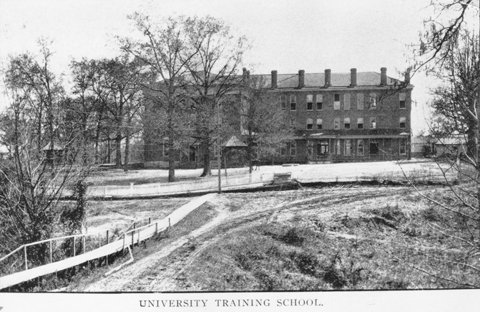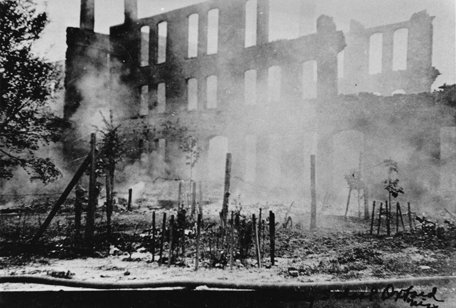The college ultimately consisted of one two-story building and one three-story brick building. The two-story building, in later years, was used as a music hall. These two buildings were afterwards connected by a $10,000 annex. These buildings were situated on a beautiful campus of ten acres adjoining University Avenue, containing several hundred native forest trees. The extensive grounds afforded ample room for "amusements and exercise."
The campus grounds were the generous gift of Judge J.M. Howry. This institution was first under the care of the Hernando and two other synods—West Tennessee and Mississippi. These three synods concluded that it would be an unwise policy for each synod to establish its own college and, at Panola, in 1852, the plan of union was proposed and, by this union, came the name of Union Female College. The Union Female College was rechartered in 1854.
In its early days, it had the nickname of “Intensity” given by an old man who carried notes from the students at the University to the college girls. One day, when he came back from carrying a note to the college, one of the students asked him whether he had seen any pretty girls over there. “Just an intensity of them,” he said. The name stuck to the college for a long time. This joke was told by the Reverend Josephus Johnson, of Texas.
In 1898, the college closed on account of the yellow fever epidemic and was never reopened as the Union Female College. About 1901 or 1902, Drs. Malone and McIntosh bought the college from the Cumberland Presbyterian Church and established the Woman’s College. In 1905, it went under the control of G.R. Preston, Rev. J.M. Wyatt and J.K. Morrison and became known as the University Training School for boys. While under the control of Rev. J.M. Wyatt and Prof. G.G. Hurst, the college burned in the spring of 1911.



